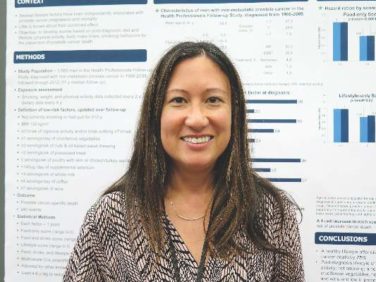AT NAEMSP 2015
SAN DIEGO (FRONTLINE MEDICAL NEWS) – Initial shockable rhythm during resuscitation for out-of-hospital cardiac arrest was the strongest predictor of survival, a large retrospective analysis found. However, conversion to subsequent shockable rhythm significantly influenced postarrest survival and neurological outcomes.
“Our study supports that some patients with initial nonshockable rhythm can benefit from early rhythm analysis to provide shocks if indicated with a period of CPR rather than delayed rhythm analysis,” lead study author Dr. Marcus E.H. Ong said in an interview in advance of the annual meeting of the National Association of EMS Physicians.
Traditional resuscitation efforts are focused on early defibrillation to patients with shockable rhythms, as this is thought to have the best prognosis, according to Dr. Ong of the department of emergency medicine at Singapore General Hospital. “However, only a minority of out-of-hospital cardiac arrests present with initial shockable rhythm, especially in Asia,” he said. “A number of patients with initial nonshockable rhythm actually revert to a shockable rhythm after a period of resuscitation. If conversion to subsequent shockable rhythm is a strong predictor of subsequent outcomes, this finding might have an important implication for clinical prognostication and selection of subsequent therapies.”
The researchers retrospectively evaluated all cases of adult out-of-hospital cardiac arrest (OHCA) collected by the Pan-Asian Resuscitation Outcomes Study ( PAROS ) registry in seven Asian countries during 2009-2012. PAROS is a resuscitation clinical research network established in collaboration with EMS agencies and academic centers in Singapore, Japan, South Korea, Malaysia, Thailand, Taiwan, and United Arab Emirates. The primary outcome was survival to hospital discharge. The researchers evaluated the outcomes of OHCA based on three groups – initial shockable rhythm, subsequent shockable rhythm, and remained in shockable rhythm – and developed a two-stage model to assess the influence of initial rhythm and subsequent conversion rhythm on survival to admission (first stage) and survival to discharge (second stage).
Dr. Ong and his associates reported results from 5,356 OHCA cases with initial shockable rhythm and 33,974 cases with initial nonshockable rhythm. The researchers found that OHCA with initial shockable rhythm and subsequent conversion to shockable rhythm independently predicted survival to hospital discharge (odds ratios of 6.10 and 2.00, respectively). Following adjustment of baseline and prehospital characteristics, subsequent conversion to shockable rhythm significantly improved survival to admission (OR, 1.53), survival to discharge (OR, 2.00), postarrest overall outcomes (OR, 5.12), and cerebral performance outcomes (OR, 5.39).
In the two-stage analysis, Dr. Ong and his associates found that subsequent conversion to shockable rhythm significantly influenced survival to admission (OR, 1.27) and survival to discharge (OR, 1.42), good overall outcomes (OR, 2.14) and cerebral performance outcomes (OR, 2.2).
“We believe these large, multinational, population-based, prospective cohort data show clearly that while survival and neurological outcomes after OHCA were most favorable in patients presenting with initial shockable rhythm, outcomes were much better in those with subsequent shockable rhythm conversion compared to those with persistent nonshockable rhythm,” Dr. Ong said. “The patients with converted shockable rhythm appear to be more similar in terms of outcomes to those with initial shockable rhythm, compared with those with initial nonshockable rhythms.”
He went on to note that initial shockable rhythm is usually used as a selection criterion for postresuscitation care such as therapeutic temperature management, urgent percutaneous coronary intervention, and extracorporeal membrane oxygenation. “However, our study results suggest that this approach ignores a group of initially nonshockable rhythms that will convert to shockable during resuscitation,” he said. “Our results suggest that patients with initial nonshockable rhythms with subsequent conversion to shockable should be given the same therapeutic benefit of these aggressive postresuscitation interventions.”
Dr. Ong acknowledged certain limitations of the study, including the fact that other confounders may have affected the outcomes of OHCA, such as quality and process of resuscitation, in-hospital care, the number of shocks given, and time to shocks. “There might be variations in patient, EMS, and hospital factors including resuscitation protocols which might have affected the outcomes,” he said. “However, this study managed these risks with the use of a multinational registry involving a relatively large number of cardiac arrest cases and usage of a standardized template for data collection and adjustment of the country variance in all analysis models.”
Dr. Ong reported having no financial disclosures.







